Capsicum (Pilipili Hoho) Farming Guide
Capsicum, also known as sweet pepper, bell pepper or pilipili hoho are consumed in nearly every household in Kenya. They are used to spice up cooked food and raw salads.
With proper planning and quality control, growing capsicums can be profitable, with the target market being the local Kenya market and also the export market.
The local market includes direct to consumer, open-air markets, wholesalers, food processing companies, and supermarkets.
Capsicum Varieties in Kenya
By default, all capsicums are green in colour at the initial stages of growth, then with time, they change the colour according to the variety. The longer the capsicums stay on the field to physiological maturity, the sweeter they become.
The eventual colour of capsicums grown in Kenya primarily differentiates the capsicum varieties grown in Kenya. The capsicum fruits may eventually turn red, yellow, or remain green. Other capsicum colours around the world include black, cream, brown, orange, and lime.
The commercial hybrid capsicum seeds in Kenya include:-
Commandant F1 by Syngenta.
Commandant F1 is an indeterminate medium late variety that produces block fruits with hard thick walls.
According to Syngenta:
- Commandant F1 eventually turns red on full maturity.
- Commandant F1 is suitable for both greenhouse and open field production.
- Commandant F1 capsicum fruits can weight and an average of 220 grams
- Commandant F1 yields 20-30 tonnes per acre on open field production and 50-60 tonnes in greenhouses.
- Commandant F1 has a shelf life of 21 days
- Commandant F1 has targeted resistance to Tobacco Mosaic Virus, Potato Mosaic Virus (Y), Bacterial Leaf Spot Race 1-3 and Pepper Mottle Virus
- Commandant F1 plants yield 2kgs per plant for green capsicums and 4 kgs for red capsicums.
- Commandant F1 Is harvested 75 to 90 days for green fruits and 90 to 120 days for red fruits.
- Commandant F1 Has a harvest period of 10 weeks in an open field and 4 to 6 months in the greenhouse.
Admiral F1 by Syngenta
Admiral F1 is an indeterminate hybrid capsicum variety in Kenya, sold by Syngenta that produces green capsicums which eventually turn yellow. It is a medium late to late maturing variety that produces block-shaped capsicums.
According to the Syngenta:
- Admiral F1 produces capsicum fruits that weigh 220 grams and have strong thick walls.
- Admiral F1 can be grown on open field and in greenhouses
- Admiral F1 produces 25-30 tonnes per acre on open fields and 50-60 tonnes per acre in a greenhouse.
- Admiral F1 capsicums have a shelf life of 21 days
- Admiral F1 has targeted resistance to tobacco mosaic virus, potato mosaic virus, bacterial leaf spot, and pepper mottle virus.
Sweet Pepper Maxibel by Royal Seed.
Sweet pepper maxibel by royal seed is a hybrid open pollinated capsicum variety that produces green block-shaped capsicum fruits.
Sweet pepper maxibel:-
- Produces glossy deep green coloured fruits that have a blocky shape.
- Can produce 8 tonnes per acre of capsicum fruits weighing 120 to 150 grams that have a long shelf life.
- capsicums mature 75 days after transplanting.
- Has resistance to tobacco mosaic virus, Downy mildew, people blotch, and anthocyanin.
Indra F1 by Syngenta
Indra F1 by Syngenta is a hybrid capsicum variety that produces block-shaped capsicum fruits that eventually turn red.
Indra F1:
- Is a medium maturing capsicum variety that matures at 90 days after transplanting
- Yields 25 to 30 tonnes per acre of medium dark green capsicum fruits that weigh 220 grams. The capsicums eventually turn red.
- Is ready for harvesting between 75 to 90 days for green capsicums and 90 to 120 days for red capsicums.
- Has a harvest period of 20 weeks if grown in open fields and 4 to 6 months if grown in a greenhouse.
- Has a shelf life of 21 days
- Has targeted resistance to potato virus, tobacco etch virus, and tobacco mosaic virus.
Green Pepper Super Bell F1
Green pepper superbell F1 is an indeterminate hybrid capsicum variety that is meant for open field production.
Green pepper superbell F1:
- Produces black shaped green capsicum fruits with uniform size and fruits.
- Produces capsicums that weigh 170 to 200 grams totaling to about 20 to 25 tonnes per acre.
- Matures in 70 days after transplanting
- Is tolerant to tabomo virus, potato virus, and pepper mild mottle virus.
Sweet Pepper Batian F1
Sweet pepper batian F1 is an indeterminate capsicum variety that produces green capsicum varieties that eventually turn red.
Sweet pepper batian F1:
- Is meant for greenhouses, shade nets, and open field
- Produces block-shaped capsicum fruits that weigh an average of 220 grams. The yield per acre of sweet pepper batian F1 is
Buffalo F1 from Royal Seed
Buffallo F1 capsicum seeds from royal seed are meant for open-field farming. It produces green block-shaped fruits that weigh between 200-220 grams. It has a short maturity period of 75 to 80 days from the day of transplanting. Buffalo F1 Bell Pepper is resistant to the tomato mosaic virus.
California wonder
California wonder is an open-pollinated capsicum variety that produces dark green capsicum fruits on full maturity. The seeds for California wonder capsicum seeds are sold in Kenya by multiple seed companies.
California wonder produces sweet green block-shaped capsicum fruits that weigh about 100 to 120 grams. The Califonia Wonder capsicums reach maturity 80 days after transplanting and have a potential yield of 6 tonnes per acre.
Passarella F1 Capsicum
Passarella F1 variety produces semi block-shaped capsicums that are compact and elongated. The Passarella F1 capsicums eventually turn bright red on full maturity. The Passarella F1 capsicum fruits weigh about 240 grams.
This variety of capsicum is suited for growing in greenhouses or under shade nets.
Ilanga F1
Ilanga F1 produces yellow block-shaped capsicum fruits that weigh 220 to 250 grams. It is suitable for production in greenhouses.
YOLO wonder
YOLO wonder is a capsicum variety that produces dark green block-shaped capsicum fruits that eventually turn red. In Kenya, it is grown for both the local market and for export. YOLO wonder capsicums yield 6 tonnes per acre.
Kimbo F1
Kimbo F1 from Continental seeds is a hybrid capsicum variety that produces green block-shaped capsicum fruits that eventually turn yellow. Kimbo F1 capsicums weight 250 grams. If the aim is to harvest green capsicums, you can grow Kimbo F1 in an open field, but for yellow capsicums, it is advisable to plant in a greenhouse.
Kimbo F1 will mature in 70 days after transplanting, where you will be able to harvest green capsicums. After 90 days you will be able to harvest yellow capsicums. Kimbo F1 will yield 60 to 70 tonnes per acre.
Capsicum farmers usually go for a variety that is disease resistant, known to produce high yield, or if it is recommended for the Kenyan market.
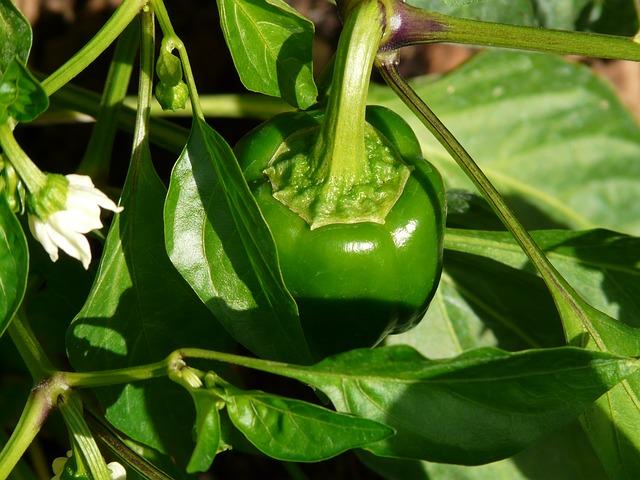
Capsicum farmers usually go for a variety that is disease resistant, known to produce high yield, or if it is recommended for the Kenyan market.
Health Benefits of capsicums
Adding capsicum to your diet has several health benefits. The fruits have been used as a food additive in traditional medicine for the treatment of sore throat, cough, wound healing, and toothache. Some health benefits you can get from capsicum include:
- Boosts immunity- Capsicum is rich in vitamin C, which strengthens your immune system. It also lowers the risk of oxidative stress and repairs damaged tissues.
- Manage diabetes- Capsicum, like other chilies, contain capsaicin. This product is known to affect patients with diabetes positively.
- Active components of capsicum can change the genetic expression of cancer cell metastasis, growth arrest, and survival.
- Flavonoids, a constituent of capsicum, improves cardiovascular health. It may prevent coronary heart disease.
- Bioactive compounds of capsicum have antioxidant effects. Vasodilation gives room for the antioxidant phytochemicals to move around the body. This protects and repairs tissues and DNA damage.
Ecological Requirements for growing capsicums
Capsicum can be grown in greenhouses or outdoors in Kenya, depending on the variety. The optimum temperature of 16-20 degrees Celsius is best for fruits setting. If you want proper fruit development, night temperatures should be between 15-17 degrees Celsius and day temperatures of 24-30 degrees Celsius.
You need to grow your capsicum on well-drained fertile soils. The soil pH should range between 5.0 -7.0. Your capsicum will grow fast in altitudes of up to 2000m above sea level. Ideal rainfall is 800-1200mm per annum. Like any other fruit, capsicum requires regular watering during flowering.
Capsicum Yield Per Acre
If you monitor your crops regularly and ensure proper maintenance, you should expect 5 to 8 tons. Yield per acre depends typically on variety.
Nursery Preparation
In Kenya, farmers prefer germinating their capsicum seeds in a nursery bed. You should mix fertilizers recommended by an expert with the sowing soil.
Make holes on the nursery bed about 3cm deep. Sow the seeds and cover them slightly with loose soil. Adding a layer of mulch on the seedbed prevents water loss. You need to water the bed regularly and monitor the germination process.
Ensure your bed is under shade to protect the seedlings from wind and direct sunlight. Your seeds will germinate after 2-3 weeks if you correctly follow the steps.
Land Preparation
Large scale capsicum farmers prepare their land about two months before planting. This helps the crop residue to decompose. It will also allow you to remove weeds before planting effectively.
Make sunken or raised beds on the land that you prepared. Then thoroughly mix the soil with DAP and manure for stimulation of root development.
Transplanting Capsicum
Before transplanting capsicum seedlings, you need to water the seedbeds. Transplant only strong and healthy seedlings. This should be done early in the morning or in the evening.
You will notice that the seedlings are ready 6 to 7 weeks after sowing when they attain 4-5 leaves. The spacing of capsicum plants should be 75cm by 45cm.
Management activities for capsicums
The management activities for capsicums include
- Staking and Training capsicums
- Pruning capsicums
- Watering (irrigation) capsicums
- Top dressing capsicums
- Weed control capsicums
- Disease control capsicums
- Pest control capsicums
Staking and Training Capsicums
Staking is where you provide support for your capsicum plants as they grow well training is where you guide the plants on the stakes.
Staking is done using sturdy materials that can bear the weight of the capsicum plant. Staking materials include wood and bamboo. Training is done using materials that are not firm. These materials used in training capsicum include strings and plastic strips.
While staking is not a major requirement for capsicums, it is highly recommended. The advantages of staking and training capsicums are:-
- Keeps the capsicum fruits and leaves away from the soil – staking capsicums will keep the leaves and capsicum fruits from the soil, keeping them clean and preventing diseases that might be caused by contact with the soil. It also keeps the leaves and fruits away from pests that might be habouring in the soil.
- Staking prevents the capsicum plant from splitting under the weight of the capsicum fruits.
- Staking helps reduce scalding of the fruit from the sun since the leaf canopy shields the capsicum fruits
- Staking capsicum s also prevents lodging, a scenario where the capsicum plants bend at the stem or branches. Lodging will reduce the yield from your capsicum plants.
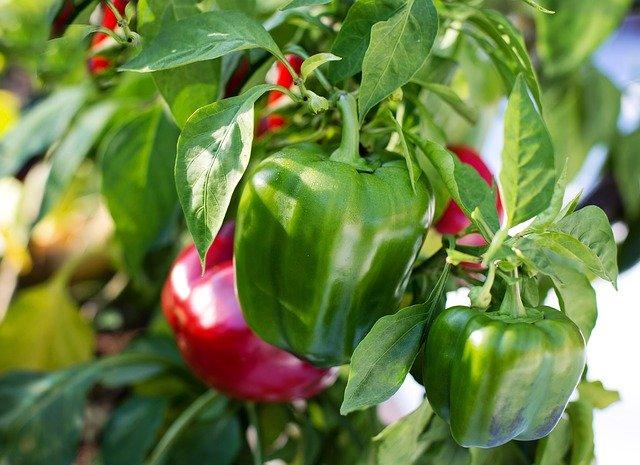
Pruning capsicums
Capsicums are pruned every week so as to leave nutrients for bigger capsicum fruit formation and conserve water. Pruning capsicums is done by:-
- Remove the first fruit that the capsicum plant develops. This allows the plant to grow better and bigger fruits
- Remove aging capsicum leaves and leaves affected by diseases
- Remove capsicum fruits that are not well-shaped, and also tiny emaciated ones.
- Remove side shoots, leaving only two shoots per capsicum plant.
Irrigation for capsicum
Capsicum plants require half a litre of water per plant per day. You will need to water regularly so that your capsicum plants get enough water. It is recommended to do this two to three times a week.
Topdressing Capasicum Plants
Topdressing your capsicum plants ensures that your plants get the required nutrients at the different sources of growth. The topdressing program for capsicum is as below:-
- First topdressing for one month after transplanting with NPK 26.0.0 fertilizer at the rate of 10 grams per plant.
- Second topdressing 4 weeks after the first one with NPK 26.0.0 or CAN fertilizer, depending on the one used during the first topdressing. This is at the rate of 100kgs of fertilizer per hectare.
- Third topdressing is done four weeks after the second topdressing, at the rate of 200kgs of fertilizer per hectare using the same nitrogen-rich fertilizer used in the first 2 topdressing activities.
Pests attacking capsicum
Major pests that may attack your capsicum in Kenya include;
- Thrips – This pest mostly attacks the flowers. They are small, slender insects that feed on leaves, flowers, and tender fruits by sucking sap. When they infest, your crop will display stunted growth, distorted leaves, and sunken tissues on the underside appearing silvery. You need to monitor your field daily to spot them early. Spray with insecticides
- Red spider mites- Plants that are under drought, stress, or do not get enough water are susceptible to infestation. Spider mites are tiny sap-sucking insects that spin protective silk webs. You will find them on the underside of leaves. The leaves turn yellow, curl upwards, and may eventually fall off. A heavy infestation can lead to the death of the whole plant.
- Root-knot nematodes- These are microscopic parasites found in soil. Their infestation cause swellings on roots, which reduces plant vigor. Your crop gets stunted and may eventually die.
- Aphids- These insects attack the underside of leaves or on stems. They appear light green with a soft body and feed by sucking sap. Sooty mold or honeydew is an early sign of infection. Severe infestation may lead to wilting or leaf distortion.
Diseases affecting capsicums
- Damping-off- This is a fungal infection. It is caused by too much water in the soil, which prevents your plant from taking up enough nutrients. The stem of your crop grows weak, bends, and may eventually fall off. You should follow a regular pattern when irrigating. Water only when the soils are a bit dry. Avoid places experiencing too much rainfall or excess water.
- Bacterial wilt- This infection is soil-borne. Early symptoms are most noticeable in young leaves. It causes wilting, which may recover during cold weather. As the infection progresses, vascular tissues turn yellow, brown, or black in severe cases.
Weed control
Capsicum does not grow well among weeds. You, therefore, should weed your crop to avoid competition for water, nutrients, space, and light. Moreover, weeds can harbor pathogens that can attack your crops.
When flowering begins, minimize weeding to prevent disturbances. Only uproot the weeds when necessary.
Harvest and Post-harvest
Your fruits are mature and ready for harvest 2 to 3 months after planting. Under proper management, you should continue harvesting for the next 4-6 months. Pick your fruits by hand. When harvesting:
- Cut the holding stem with a sharp object. You will know it is time when a variety of colour starts to appear.
- Harvest mature fruits that have small twigs holding it. Ripe fruits are filled out and green.
- Direct sunlight will spoil your harvested capsicum fruits. You need to shade your fruits to avoid drying.
- Sort your fruits, grade, and pack them as required by the standards for the Kenyan market or the export market
- Store your harvest in cool temperatures, at a relative humidity of 95%-98%. Transporting should be done under the same conditions.
Grading and Sorting Capsicums
Capsicums are sorted and graded depending on external appearance, size, weight, and colour. For the export market, additional requirements come in. These are texture, shape, defects due to pests and diseases, post-harvest handling, storage conditions, shelf life, and flavour. There might be other requirements such as special requests when it comes to the colour mixes and size.
Capsicum Packaging
In Kenya, capsicums are packaged in corrugated boxes or crates.

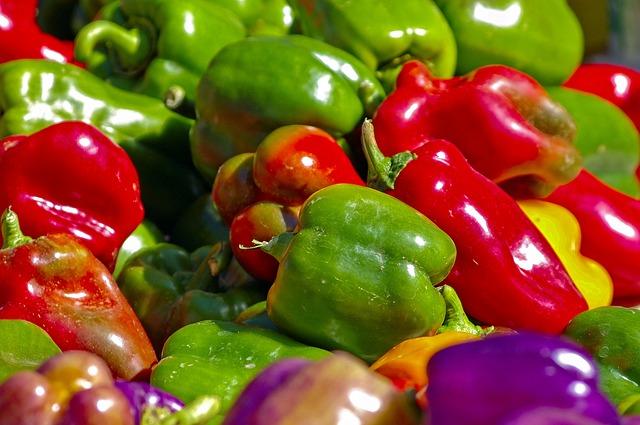
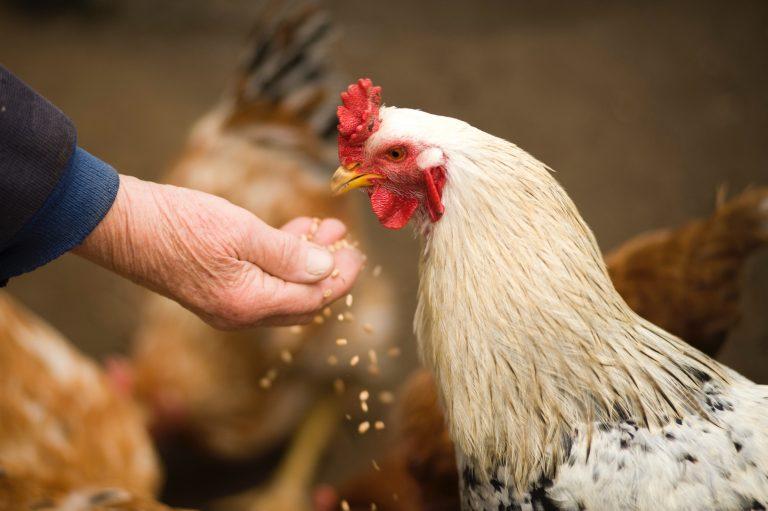
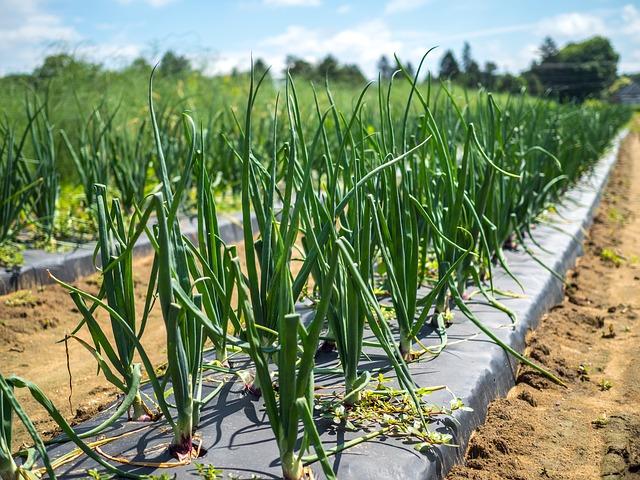
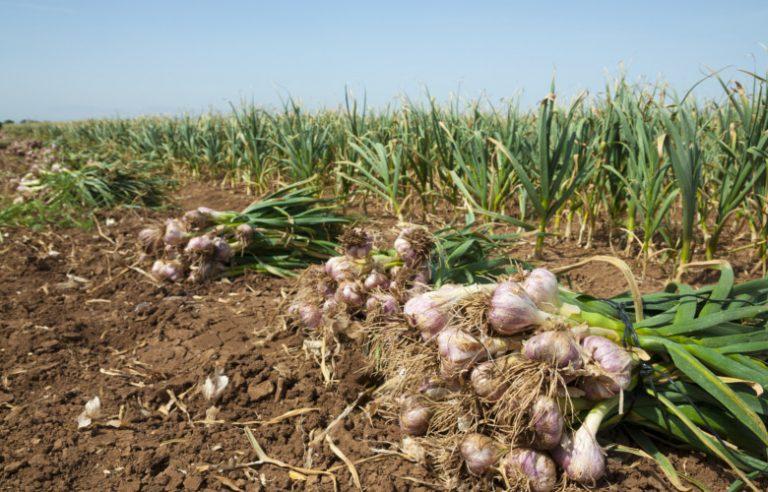
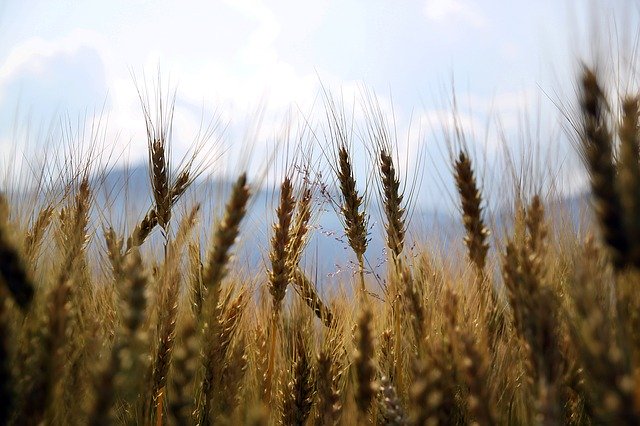
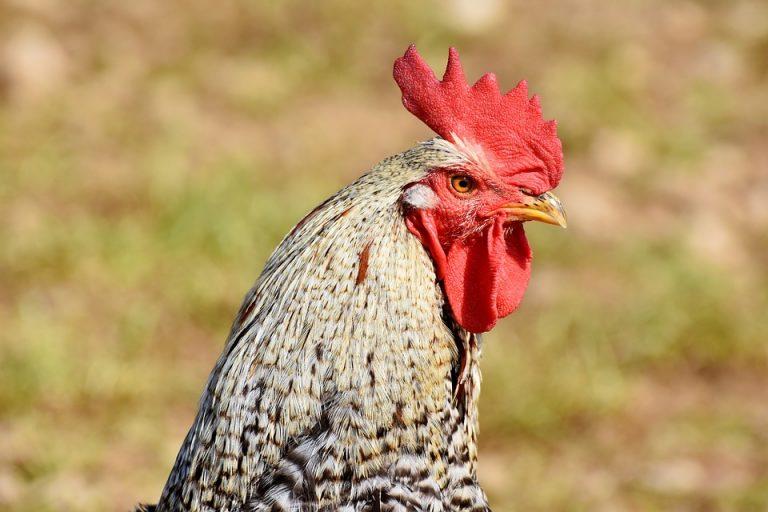
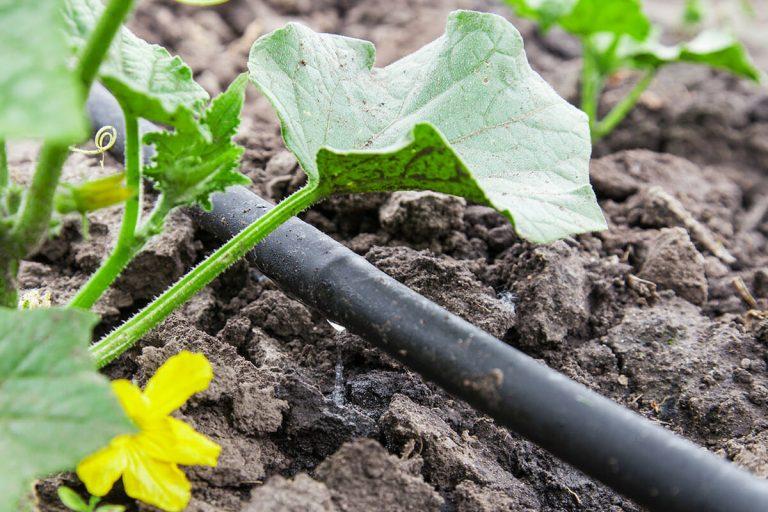
Wow, this is amazing..!
Can hoho grow well in kano plains?
Hello, do you have anything…
Hello, do you have anything on rabbit farming? Thanks
Very helpful. Pls send a…
Very helpful. Pls send a guideline for for growing French beans